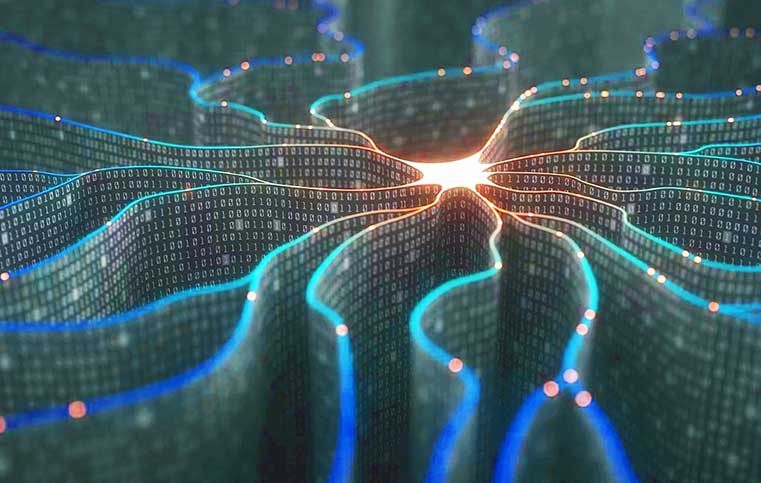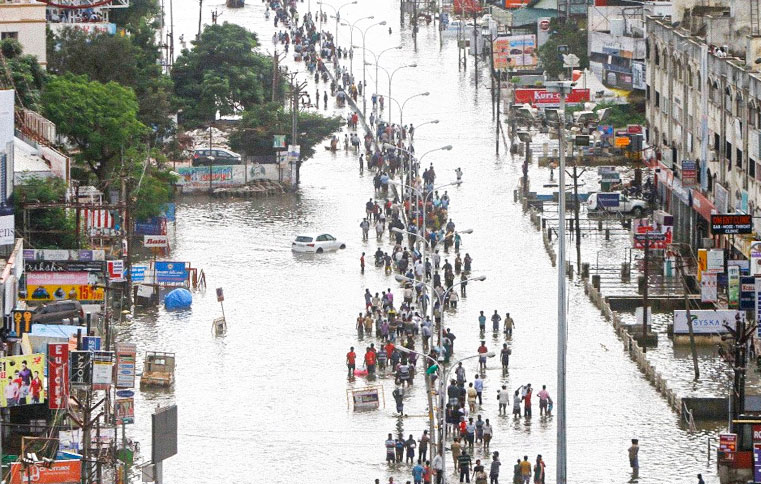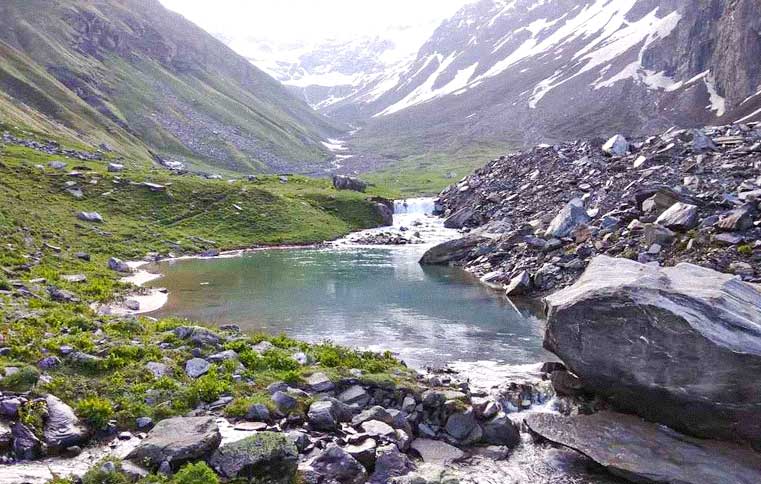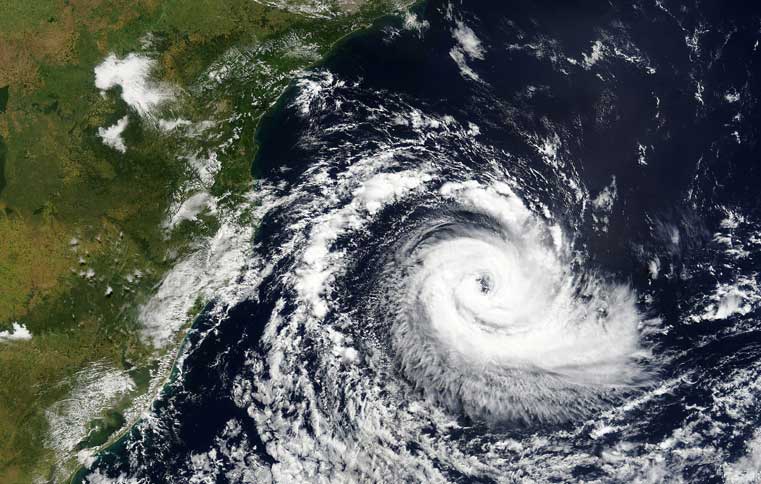Artificial Intelligence (AI): An additional tool to combat water-related disasters?
By: Nishikant Gupta | Date: 25th November 2019

Given the global projected change in critical climatic variables, e.g. up to a 4°C increase in temperature and a 5-25% change in monsoon precipitation, it is likely that disasters such as floods, droughts and extreme heat are expected to magnify in both frequency and intensity.
These have the potential to significantly damage the lives, livelihoods and well-being of communities. To top it all, man-made (anthropogenic) impacts such as uncontrolled and rapid growth of cities, and urbanization of rural areas further add to the woes.
It is therefore not surprising that approaches to reduce the adverse impacts of these and associated disasters are shifting their focus on (a) increasing access to large and quality data sets, and (b) enhancing institutional capacities to manage this information.
This is because having access to timely information of an impending tragedy can go a long way in supporting disaster risk reduction (DRR).
Nonetheless, the struggles of processing the enormous volumes of collected data (forecast and ground) within a defined time frame is often backbreaking.
This is where more and more institutions are now turning towards Artificial intelligence (AI) to:
a. analyse the data (e.g. from routine inspections and monitoring, projections of environmental factors, past/likely hazards, and land use land change information)
b. pin point the possible ‘hot zone(s)’ for disasters if need be, and
c. decide on the most applicable resilient action(s). Taking the analysis a step further, AI can also assist in building energy-efficient, green buildings – the need of the hour in many urban cities of today.
Nonetheless, there are some concerns being raised regarding the dependence on AI:
a. it is critical to support the validation of the findings, else there are possibilities of opening up large loop holes where obvious mistakes are not easily pointed out, resulting in catastrophic events;
b. the rapid analysis of large volume of data has quality and accuracy issues, as both the field data and its input into AI is open to human errors; and
c. the processing of changing climatic variables – the ‘freak events’ leading to extremely destructive disasters such as flash floods have to be taken into account too.
Summing up, AI can act as an additional tool for DRR keeping the following in mind:
a. there is a need to enhance the capacities for holistic AI-supported systems, and this can be achieved through the compilation of climate projections and quality data from experienced professionals; and
b. the ‘packaging’ of the generated message in a timely manner will be the key in reducing disasters and their impacts.












